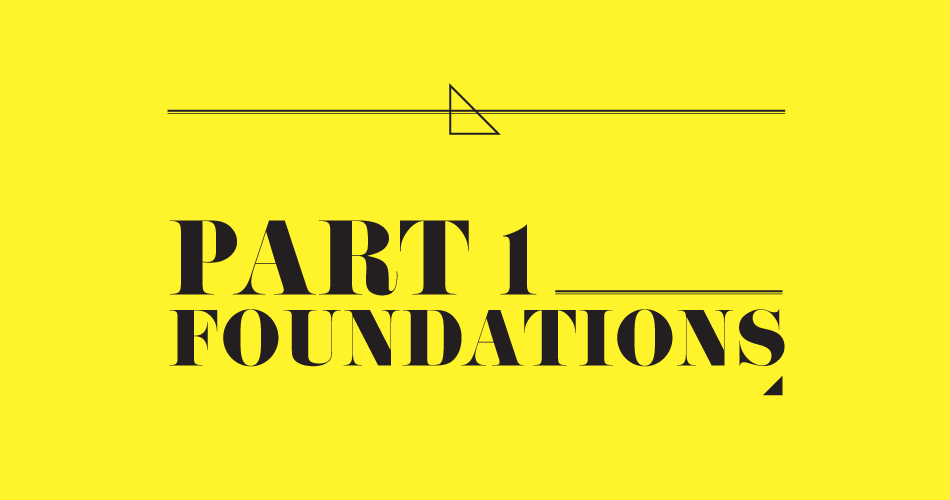
At its core, this thesis embodies a personal course of actions in haptic interaction design, an emerging field at the junction of the haptics and design domains. It aims to demystify and comprehend activities of design for and with the haptic sense. Despite being a personal odyssey, this work recognizes and builds from already existing knowledge in both domains. Part 1 of this book is an examination of the various foundational pieces that make up the haptic interaction design puzzle.
The first chapter, called tactics, exposes the background, context and motivation underlying my work, and positions it in the interaction design field. It also exposes methodological considerations associated with the nature of my inquiry. The chapter presents my research through design method and how my work emanates from haptic desiderata. Overall it divulges my role as an explorer venturing in the new haptic interaction design expanse that lies straight ahead.
The second chapter offers a highly condensed introduction to haptics. It revisits the origins of the discipline, and looks at how its historical development can be divided into two major tracks: a body-centric approach and a techno-centric one. Those two tracks illustrate fairly adequately how haptics has been researched and developed up to this day. Additionally, this chapter highlights crucial aspects of what exactly makes haptics: the details of the human skin, its receptors, the neural mechanisms, and the basic technical considerations underlying the realization of haptic interfaces. Far from constituting a thorough review of the domain of haptics, this succinct presentation is useful to ground the coming discussions of part 2 and 3.
In the third chapter, a similar foundational examination is realized for design, and more precisely for one aspect of design expertness: how design representations, activities of prototyping and sketching support design knowledge development generally and specially in the field of interaction design. The terms prototypes, models, sketches, prototypes and mockups are dissected and discussed, as various communities of practice make different use of the terms. A deeper examination of prototyping versus sketching allows us to discern important aspects that make these activities so crucial for design, and consequently for this investigation also.
Overall, this first part exposes that this work builds on the shoulders of giants within the design and the haptics disciplines.These foundations allow me to properly frame and plan, as an explorer, my discovery journey into the new haptic interaction design field. However incomplete this preparation might be, it is still a valid beginning to start navigating a previously uncharted swamp.